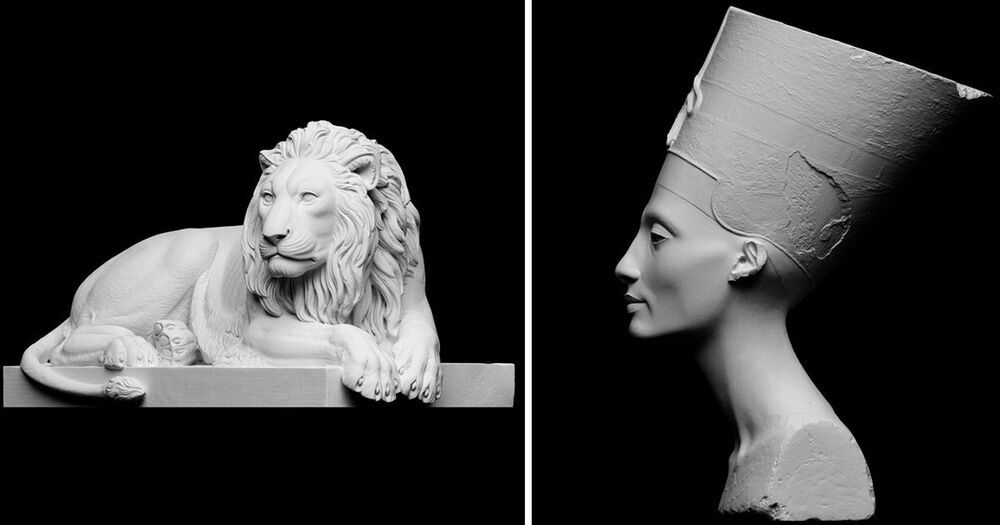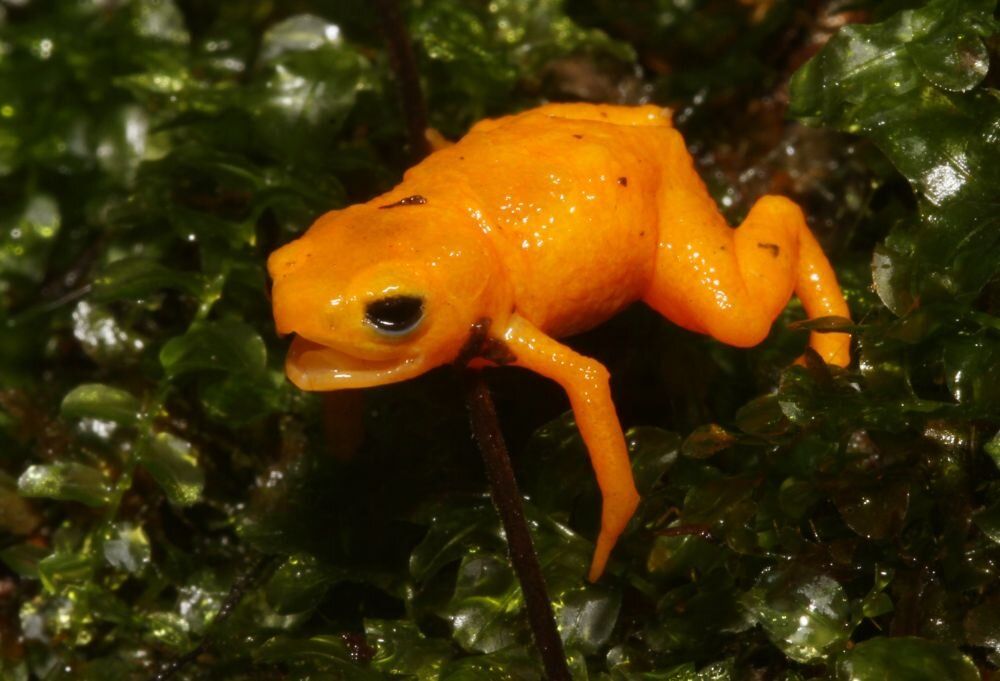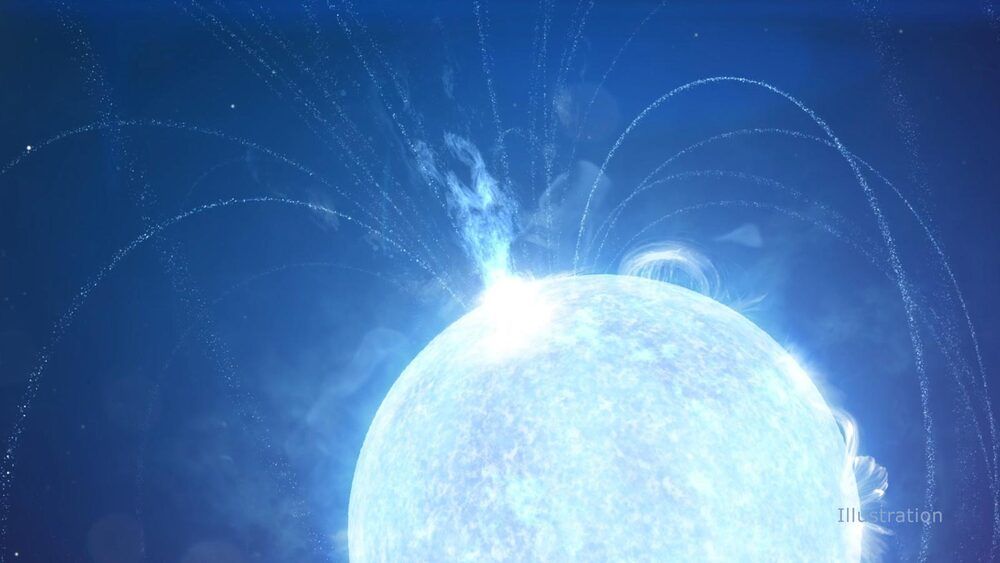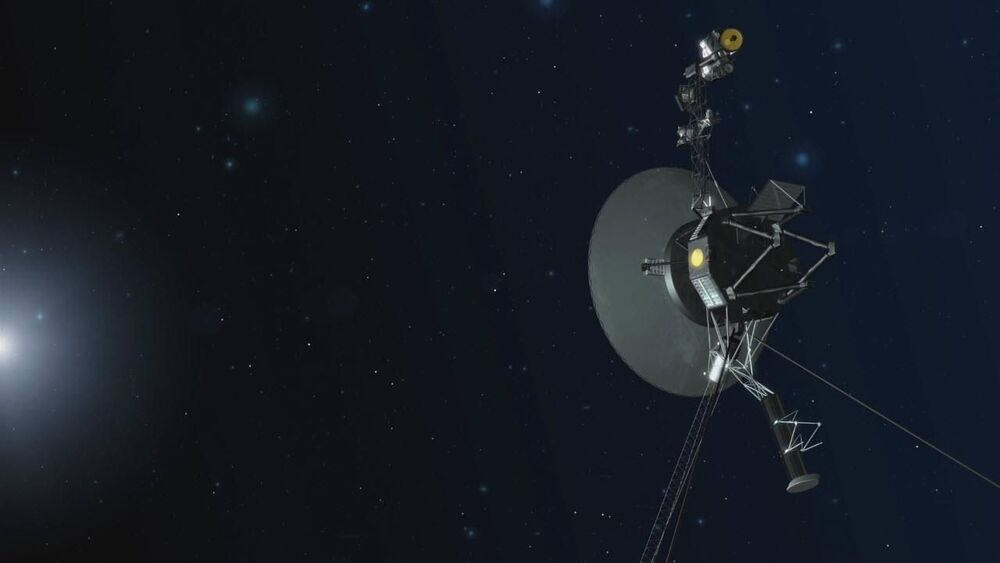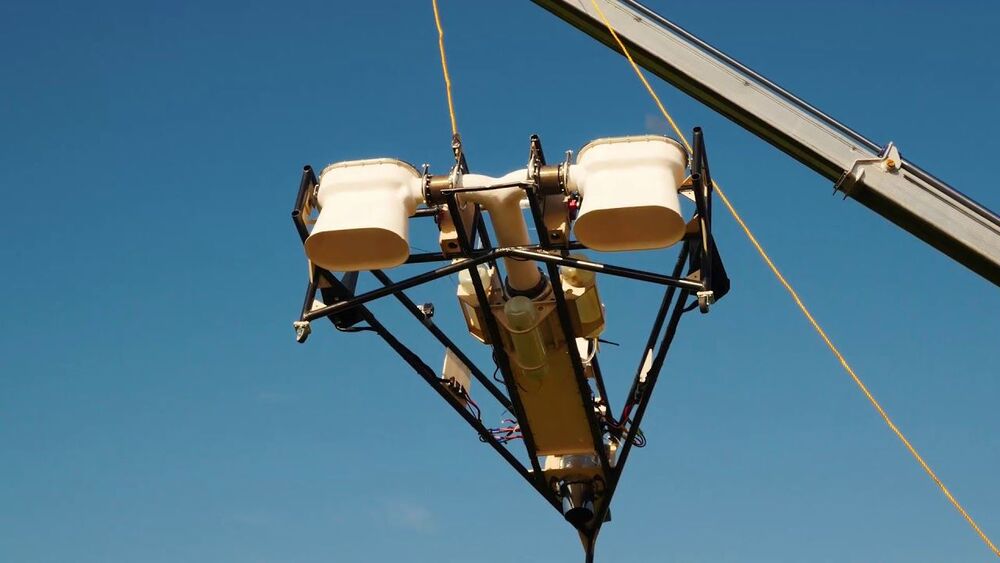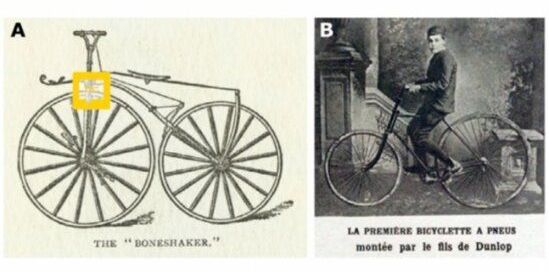
The field of soft robotics has exploded in the past decade, as ever more researchers seek to make real the potential of these pliant, flexible automata in a variety of realms, including search and rescue, exploration and medicine.
For all the excitement surrounding these new machines, however, UC Santa Barbara mechanical engineering professor Elliot Hawkes wants to ensure that soft robotics research is more than just a flash in the pan. “Some new, rapidly growing fields never take root, while others become thriving disciplines,” Hawkes said.
To help guarantee the longevity of soft robotics research, Hawkes, whose own robots have garnered interest for their bioinspired and novel locomotion and for the new possibilities they present, offers an approach that moves the field forward. His viewpoint, written with colleagues Carmel Majidi from Carnegie Mellon University and Michael T. Tolley of UC San Diego, is published in the journal Science Robotics.

